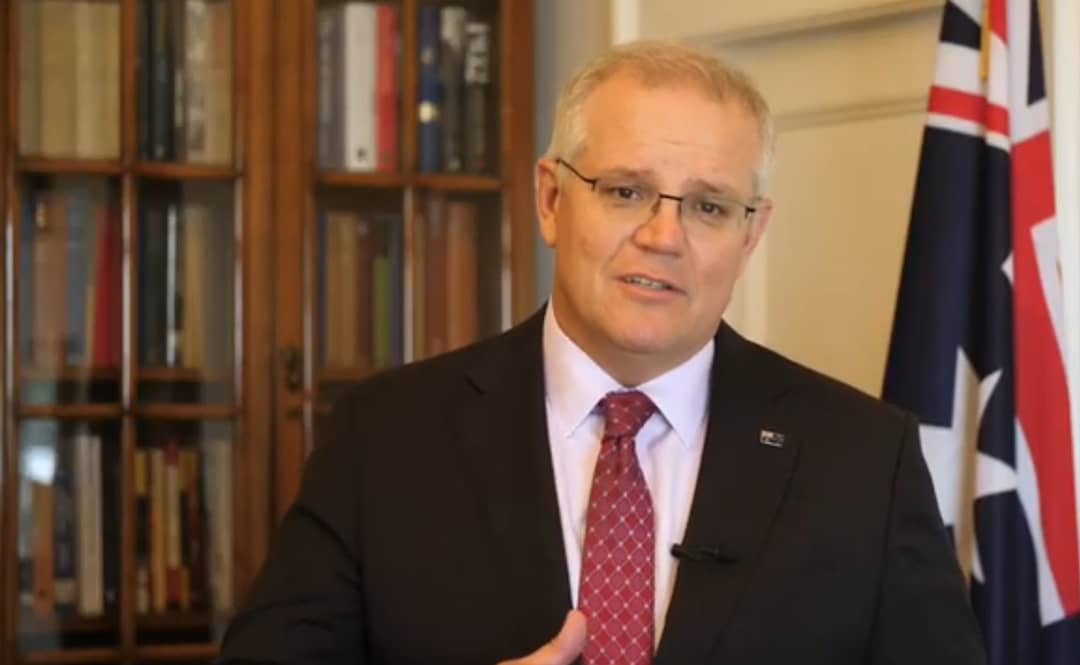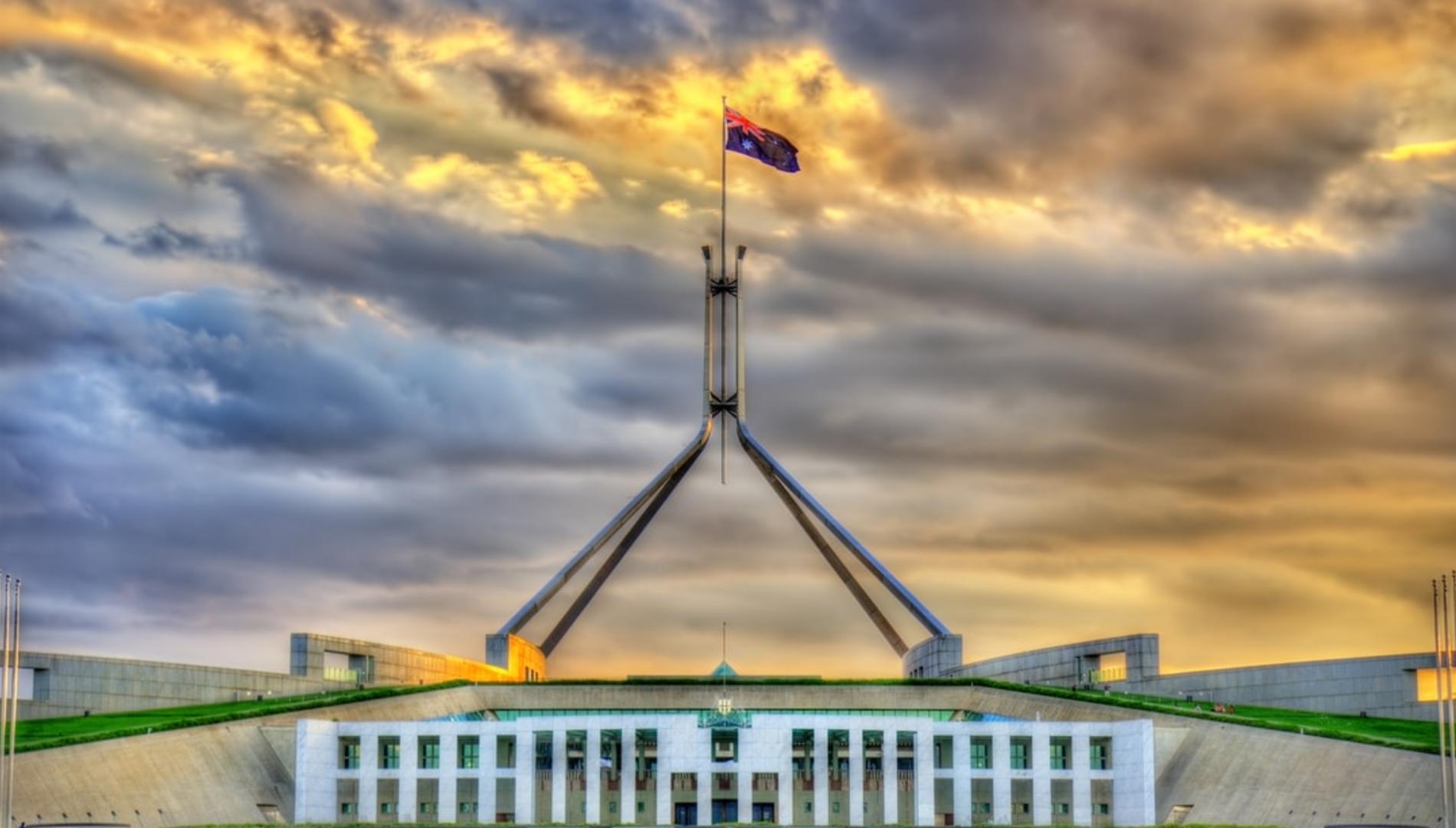Federal election 2022 wrap: Where it all went wrong for the Liberals
The Scott Morrison-led Coalition was always going to find it hard to remain in government.
Having been first elected in 2013, the Coalition was seeking its fourth consecutive term in office. Throughout this period it’s changed leaders three times. Tony Abbott was replaced just two years after leading the Coalition to victory in 2015, while his replacement, Malcolm Turnbull, was deposed in favour of Morrison in 2018.

Following the “miracle” of the 2019 election victory, routine electoral redistributions undertaken by the Australian Electoral Commission created a new seat in Victoria that would be safe for the Australia Labor Party (ALP), while abolishing a seat in Western Australia currently held by the Liberal Party.
The Coalition had just 76 seats going into this election – the bare minimum required to hold a majority in the 151-seat House of Representatives. Labor, on the other hand, had 69 seats, meaning it had to win seven seats to form government. Opinion polls over the past few months were also indicating a Labor win.
What happened?
As the counting of votes began, there was some hope the Coalition could do the unthinkable and retain government.
Results from Tasmania, for example, showed that the Liberal incumbent was maintaining a lead in the government’s most marginal seat of Bass.
During the election campaign, The Project visited the marginal seat of Bass in Tasmania. Tonight, Liberal candidate Bridget Archer has retained her seat. pic.twitter.com/S3XZ9be80h
— The Project (@theprojecttv) May 21, 2022
There was also some hope the Liberal Party could win Lyons. The count in this electorate remains very close, with fewer than 800 votes separating the Labor incumbent from the Liberal challenger at the time of writing.
The problems for the Liberal Party started to emerge as the results from the mainland seats were reported.
There was a heavy swing against the government in its most marginal mainland seat of Chisholm, which covers Monash University’s Clayton campus, held by Gladys Liu. The Liberal Party’s primary vote fell by 8%, and the seat was easily won by the ALP.
"I feel like bursting, I am so happy and proud," says 87-year-old nonna of new Labor MP Carina Garland. Big night of change in the no-longer marginal eastern Melbourne seat of #chisholm. https://t.co/VItNMt0kyx #chisholmvotes #auspol #ausvotes #ausvotes2022 @theage
— Clay Lucas (@ClayLucas) May 21, 2022
A similar situation occurred in the South Australian electorate of Boothby, where the Liberal Party held the seat by just 1.4%. At the end of counting on election night, it became clear the party could not keep it from Labor after its primary vote fell 7%.
Another significant loss for the government was the seat of Higgins, an inner-metropolitan seat in Melbourne. Once a safe Liberal seat, Labor’s candidate was enjoying an 8% swing in the all-important two-party preferred measure.
In New South Wales, the Labor Party was on track to win Reid and Robertson from the Liberal Party.
While the results were very poor for the Liberal Party, the Nationals were steadfastly retaining all the seats they held.
In Queensland, the Greens achieved a remarkable result by defeating the Coalition in the south Brisbane seat of Griffith. Further, the Greens look like winning Ryan, which is west of Brisbane, from the Coalition as well. These two Greens will join the party’s leader, Adam Bandt, in the lower house, taking the party’s total number of seats in the chamber to three.
The Liberal Party also suffered losses in Western Australia. Labor seems to be on track to win four seats, while teal independent Kate Chaney looks set to win Curtin.
The teal wave
A major feature of this election was how independents succeeded in winning seats, primarily at the expense of the Liberal Party in inner-metropolitan electorates that had traditionally been held by big margins.
In New South Wales, high-profile Liberal MPs Dave Sharma in Wentworth, Trent Zimmerman in North Sydney, and Jason Falinski in Mackellar were all ousted by the Climate 200-backed “teal” independents.
Teal independents punish Liberal moderates for inaction on climate crisis and integrity commission https://t.co/Mp1kIWjgys
— Guardian Australia (@GuardianAus) May 21, 2022
This was a clear erosion of the Liberal Party base, as the party had won each of these seats at a general election since 1996. These are the electorates the party needed to keep if it was to have any chance of remaining in government.
The losses to the teals continued in Victoria. High-profile Liberal MP Tim Wilson suffered a drop in his primary vote in Goldstein as voters supported independent Zoe Daniel to win the seat.
The most high-profile loss for the Liberal Party was Treasurer Josh Frydenberg, who could not defend the seat of Kooyong from teal independent Monique Ryan – even though he’s yet to concede. This is a significant loss for the Coalition, as it removes an experienced member of its team from the party room. Frydenberg had also been mentioned as a potential Liberal Party leader of the future.
What this means going forward
While this was a poor result for the Coalition, Labor has yet to win the required 76 seats to form a majority. Counting of the votes will continue, and the party may yet hit this magic number.
If Labor cannot achieve 76 seats, it will need to negotiate with the Greens and/or teal independents in order to maintain support and pass bills through Parliament.
In any case, Labor leader and incoming PM Anthony Albanese has signalled his intent to start his new job immediately, firstly by attending meetings with international leaders in Japan this week.
The performance of non-major parties suggests there’s now greater volatility in the electorate. Australians, who may have once been committed to one party, are now supporting independents and minor party candidates in growing numbers.






